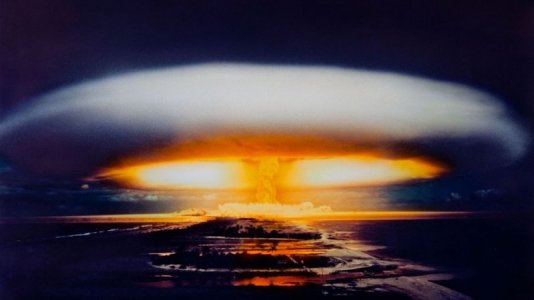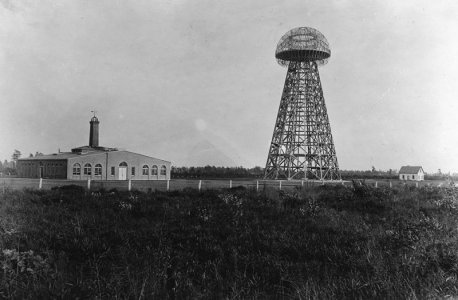spectratg
Senior Member
- Location
- Adamstown, MD
We keep hoping to find the magic bullet for producing power without carbon emissions. The Sun and other stars do an excellent job of making massive amounts of energy, which we’ve emulating for decades. But on Earth, we haven’t been able to get a nuclear fusion reaction that outputs more energy than the energy invested.
Now, at the National Ignition Facility (not an auto repair shop, rather a place to shoot lasers at a fuel source to generate 100-million-degree temperatures), researchers have made headlines. By shooting 2 million joules of energy (which required 192 lasers) at a deuterium-filled pellet, they got a 3 million joule energy output.
This result holds the promise of cheap, abundant, pollution and nuclear waste free power. It’s a milestone because it paves the way for nuclear fusion to provide a clean, sustainable energy source with the caveat that the energy supplied to power the lasers exceeded the net output of the reaction. There’s more work to be done. Says physicist Riccardo Betti, “Now it’s up to the scientists and engineers to see if we can turn these physics principles into useful energy.”
Fusion has the potential to transform the global energy landscape, but there’s still a huge gap between this milestone and developing an actual power plant. It’s still a long way from the breakthrough in California to building a fusion-based power plant. While this experiment generated excess energy on a small scale, the industry needs to develop systems that can produce much more excess energy, and on a much larger scale. A net energy gain shows that the concept will work, but the systems are still complicated and expensive.
One important caveat! This experiment needs to be independently verified and replicated.
Now, at the National Ignition Facility (not an auto repair shop, rather a place to shoot lasers at a fuel source to generate 100-million-degree temperatures), researchers have made headlines. By shooting 2 million joules of energy (which required 192 lasers) at a deuterium-filled pellet, they got a 3 million joule energy output.
This result holds the promise of cheap, abundant, pollution and nuclear waste free power. It’s a milestone because it paves the way for nuclear fusion to provide a clean, sustainable energy source with the caveat that the energy supplied to power the lasers exceeded the net output of the reaction. There’s more work to be done. Says physicist Riccardo Betti, “Now it’s up to the scientists and engineers to see if we can turn these physics principles into useful energy.”
Fusion has the potential to transform the global energy landscape, but there’s still a huge gap between this milestone and developing an actual power plant. It’s still a long way from the breakthrough in California to building a fusion-based power plant. While this experiment generated excess energy on a small scale, the industry needs to develop systems that can produce much more excess energy, and on a much larger scale. A net energy gain shows that the concept will work, but the systems are still complicated and expensive.
One important caveat! This experiment needs to be independently verified and replicated.



